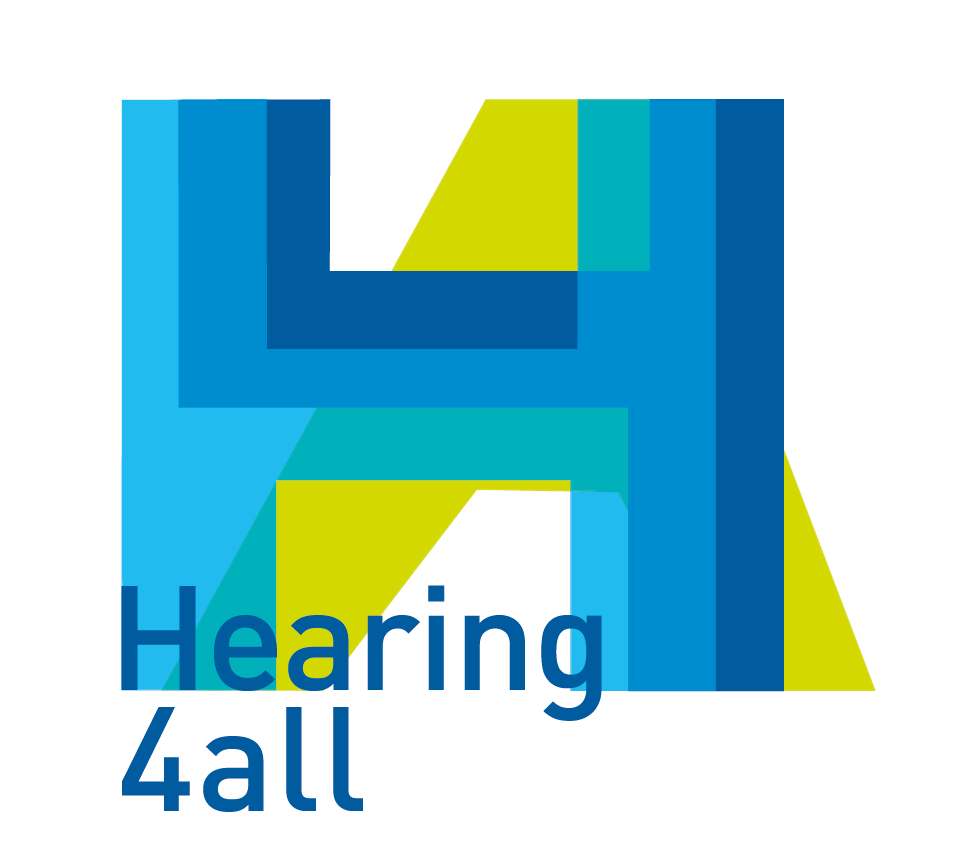Noise-adaptive near-end listening enhancement for normal-hearing and hearing-impaired listeners
Speech played back in noisy environments is often impaired by environmental noise, resulting in poor speech intelligibility, e.g., for public-address announcements at train stations or mobile calls in noisy rooms. In such conditions listeners with impaired hearing face considerable challenges extracting the speech information. In such listening conditions it is usually not possible to reduce the noise present at the listener’s location. One solution is to pre-process the target speech signal to enhance speech intelligibility depending on the current noise, which is referred to as near-end listening enhancement (NELE). This contribution presents the results of a series of listening tests to evaluate the NELE algorithm AdaptDRC. The AdaptDRC algorithm consists of several processing stages including dynamic range compression and frequency shaping, which are adaptively controlled by short-term estimates of the speech intelligibility index. If the estimated intelligibility is good, then no pre-processing is applied. If the estimated speech intelligibility index decreases, then the pre-processing is gradually increased. In its standard implementation the algorithm works under an equal-rms-power constraint, i.e., the rms level of each block of the processed speech is the same as the rms level of the unprocessed block. An additional implementation (AdaptDRCplus) further allows for an adaptively controlled increase in rms level by up to 6.5 dB while keeping the peak level of each block constant. Speech intelligibility was measured using the Oldenburg sentence test with unprocessed stimuli and stimuli processed by the AdaptDRC and AdaptDRCplus algorithm in different types of background noise and different SNRs. Both normal-hearing and unaided hearing-impaired listeners participated in the experiments. The results indicated that large benefits can be obtained even when the speech level was kept constant, but this benefit strongly depended on background noise type and SNR. The benefit due to the AdaptDRC algorithm was generally smaller for hearing-impaired than for normal-hearing listeners, but interindividual differences were quite large. All subjects benefited from the adaptive rms level increase indicating that NELE algorithms constraint to keeping the output rms level constant may not be sufficient for hearing-impaired listeners in some conditions.
Warning: Use of undefined constant s - assumed 's' (this will throw an Error in a future version of PHP) in /home/spinnluxnr/www/2017/pages/programme.php on line 208


